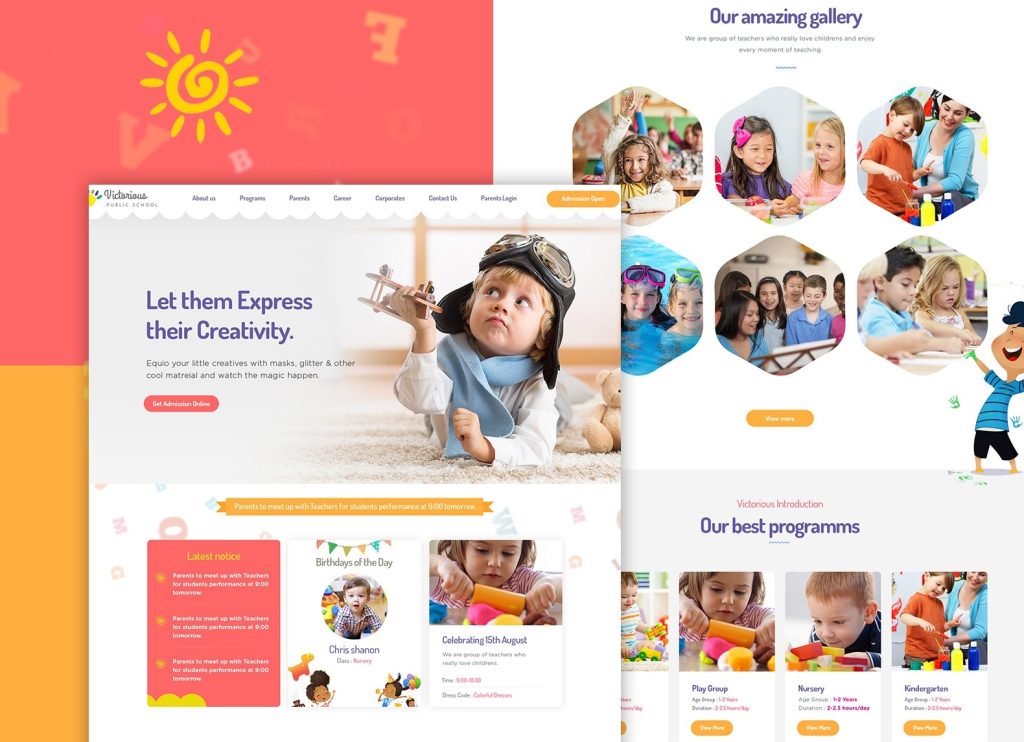The main components of a school website are the content, navigation, and design. The design and functionality of your website will depend on the kind of audience you have. Choosing the best layout is critical, as it will make the content more attractive and easier to read. The usability of the site is another important consideration. Keeping it simple and easy to navigate is essential. The 7-Link rule recommends that your website should be organized in such a way that people can easily find what they are looking for.

A school website should be easy to navigate and contain quality content. Visitors should be able to navigate through the site and find information quickly and easily. A good design should also include a variety of high-quality content. The content of the site should include basic contact information, school values, and welcome messages. If you can, provide links to resources, curriculum information, news, and events. Having the right content can help your website gain a positive reputation among potential parents and students.
The heavy work for a school website begins in the summer before the launch. The website should be fully functional by late July and be ready for launch in the fall. The design of the site should be in line with the school’s image and should include menus and tools that allow people to navigate the site easily. The content should be easily accessible. After the initial setup, the site can then be maintained by volunteers, and it should continue to improve over time.
A good school website should have a convenient navigation system. The navigation menu should feature the most important pages for the school. Some schools choose to create different navigation menus for different user groups. Having this option is also beneficial as it increases the chances of a visitor returning to the site. A school website should be a community resource, and a good website will increase your school’s presence within the community. The next step is to choose the best content management system (CMS) and theme.
After the design and content, the site should be tested to see if it is compatible with the chosen CMS. If the site is already available, it is time to install the software. The website should also be accessible to the community. Its design should represent the image of the school and be responsive to different browsers and screen resolutions. It should also have a clear navigation system. It should have all the features needed to facilitate user interaction and help people find what they are looking for.

Design
In addition to designing content, school websites should have a standardized design. The design should be easy to navigate and easy to use. The site should also be a living resource for the community. If the school website will be used by the community, make sure that the administrators are trained in the CMS is easy to use for both the teachers and the students. It should also have a content management system (CMS) that is compatible with all types of CMSs and should be flexible enough to accommodate different types of content.
While there are many benefits to school website creation, it is vital to get the right one for your school. The design should be informative and appealing. The content should be easy to navigate and reflect the school’s image. The page should have a menu and navigation that is easy to use for the students. The site should also be designed to appeal to parents and the community. If you’re building a website for your school, it’s imperative to follow the best practices for creating a school website.
While a school website can help improve local standing and build trust, it is not easy to create a successful and effective site. Fortunately, there are several tools available that can make the process easy for your school. A well-designed website is not just a marketing tool, but it can be an important resource for your school. It is the key to building a community. It should include a community of people and an online presence.
